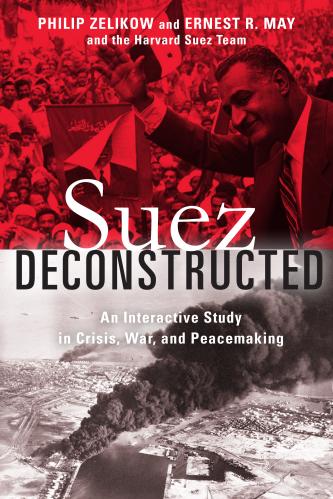What’s the latest in health policy research? The Essential Scan, produced by the USC-Brookings Schaeffer Initiative for Health Policy, aims to help keep you informed on the latest research and what it means for policymakers. If you’d like to receive the biweekly Essential Scan by email, you can sign up here.
Only thirteen percent of Americans shop for better health care prices
Ateev Mehrotra, Katie M. Dean, Anna D. Sinaiko, and Neeraj Sood find that only 13 percent of a nationally representative survey of 3,000 non-elderly adults who had received care in the last twelve months had searched for their expected out-of-pocket spending prior to receiving care, and only 3 percent of respondents compared prices among providers. Yet respondents supported the concept of shopping: 71 percent of respondents said that out-of-pocket spending was either important or very important when choosing a doctor. 75 percent of respondents said that they did not know of a resource to compare costs among providers. The authors found that respondents receiving care from an ambulatory surgery center, physical therapist, imaging service, or lab testing service were the most likely to have sought out price information prior to receiving care, potentially because in these instances prices are more readily available. The authors point to the importance of increasing the availability of information about health care prices and decreasing the complexity of accessing that information as potential ways to increase price shopping, especially for care that is repeated or can be planned in advance like physical therapy. Full study here.
Medicare’s competitive bidding savings comparable to private insurers
David Newman, Eric Barrette, and Katharine McGraves-Lloyd confirm that the initial rounds of Medicare’s shift from a fee schedule to a competitive bidding system for durable medical equipment resulted in 35 percent savings, but also find that the prices Medicare paid for these goods under competitive bidding are comparable to the prices paid by sophisticated commercial insurers. The authors infer– but do not prove– that the competitive bidding process either forced high cost suppliers to exit the market, caused all suppliers to reduce prices, or both. These findings add to the body of evidence supporting the competitive bidding system, one which is now under review by the Trump administration. Full study here.
Cash incentives for visiting the doctor can lower long term health spending
Cathy J. Bradley and David Neumark find that small cash payments of $25 and $50 increased the likelihood of a newly covered low-income patient visiting a primary care provider by 36 and 54 percent, respectively. The authors argue that these small cash incentives can be used to steer vulnerable individuals into clinically appropriate care patterns that could potentially reduce the likelihood of hospitalizations, improve health outcomes, and lower long term health spending. The critical question for insurers and other payers is how and when to target such incentives in a manner that could improve patient outcomes and/or reduce costs. Full study here.
Physician practice consolidation is being driven by small acquisitions
 Cory Capps, David Dranove, and Christopher Ody find that 22 percent of physician markets in the US are highly concentrated while 21 percent are moderately concentrated. The authors find that most of the increases in physician practice size that occurred between 2007 and 2013 can be attributed to large practices acquiring small groups and hiring new physicians instead of large scale mergers. The slow and inoffensive nature of these practices make it unlikely that the majority of acquisitions will ever be challenged by the FTC because only the largest mergers and acquisitions trigger notifications under the current rules established by the Hart-Scott-Rodino Act. The authors of this study argue that policymakers should be concerned with the effects of creeping consolidation on physician competition and that changes to the Hart-Scott-Rodino thresholds or increased involvement by state officials could prevent further concentration. Full study here.
Cory Capps, David Dranove, and Christopher Ody find that 22 percent of physician markets in the US are highly concentrated while 21 percent are moderately concentrated. The authors find that most of the increases in physician practice size that occurred between 2007 and 2013 can be attributed to large practices acquiring small groups and hiring new physicians instead of large scale mergers. The slow and inoffensive nature of these practices make it unlikely that the majority of acquisitions will ever be challenged by the FTC because only the largest mergers and acquisitions trigger notifications under the current rules established by the Hart-Scott-Rodino Act. The authors of this study argue that policymakers should be concerned with the effects of creeping consolidation on physician competition and that changes to the Hart-Scott-Rodino thresholds or increased involvement by state officials could prevent further concentration. Full study here.
“The fact that many of these acquisitions are by hospitals makes the increase in concentration all the more concerning.”
– Paul Ginsburg, PhD, Director of the Schaeffer Initiative
The Brookings Institution is committed to quality, independence, and impact.
We are supported by a diverse array of funders. In line with our values and policies, each Brookings publication represents the sole views of its author(s).











Commentary
The essential scan: Top findings in health policy research
September 7, 2017